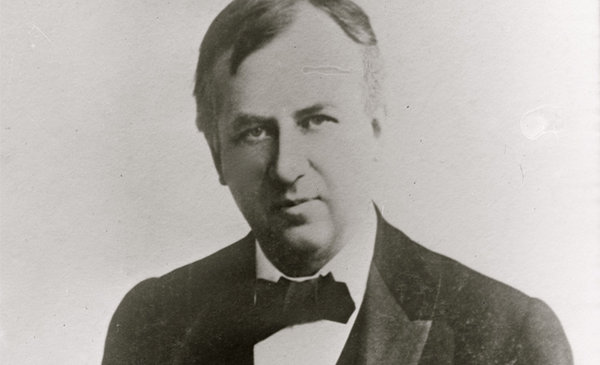
If there was a prize for the greatest marketing cliche of all time it would probably go to John Wanamaker. It was Wanamaker, followed by about 40,000 marketing executives giving boring presentations, who uttered the immortal words: ‘I know I waste half the money I spend on advertising, the problem is I don’t know which half.’
It was a fair statement for a 19th-century department-store baron. Advertising back then was a wonderful combination of art, sales and skulduggery. Today’s marketing executives may also query which of their investments drive brand equity, sales and market share, but they have little excuse to be as ignorant or sanguine on the matter as Wanamaker was.
Multiple regression analysis is a marketing manager’s dream calculation because it addresses the classic investment question that so many organizations find impossible to answer. Multiple regression analysis examines the relationship between a series of independent variables (the inputs) and a single dependent variable (the output). For example, it can enable marketers to study the impact of different media investments on the sales of a particular item. Alternatively, it can explore the relationship between various sales promotions and their impact on brand equity. Regression analysis can turn on the light in the darkened cupboard of marketing decision-making and apply rigor and strategy where before there was just instinct and inertia.
Regression analysis has been around for a century but its adoption in marketing has been severely limited by the relatively poor analytical skills of marketers. It is all too easy as a marketer to dismiss the power of techniques such as regression analysis on the basis that they are too complex and that, ultimately, predicting marketing success is impossible.
The reality is that a growing number of advanced marketers are turning to regression analysis to help guide their decision-making. It may not provide an absolutely perfect prediction of sales growth or complete guidance on marketing decisions, but it is eminently superior to blubbering on about marketing being an art not a science while throwing another million dollars plus into a campaign based on gut feeling and the assurances of your ad manager that ‘we need to be out there’.
It is something that Andrew Challier has seen first hand. Challier is a management consultant at Ninah Consulting and he has watched in recent years as regression has become a valuable part of the evaluation and planning approaches of some of his key clients. Regression is increasingly proving to be a vital tool in guiding pricing decisions, setting the right media budgets and media mix, or simply understanding the factors that drive sales and market share.
We work in a marketing environment in which the challenges of clutter, the fragmented multiplicity of different media alternatives and the growing cynicism and activity of the market have combined to make marketing decisions more difficult than ever before. Despite this, the most common method for setting a communications budget or allocating marketing spend remains the most ignorant and ill-conceived of all: inertia. Take last year’s budget, add 3% for media inflation and bingo, we have our new marketing budget.
As the marketing mix grows ever more complex and the pressure to demonstrate ROI increases, we are likely to see a bifurcation of marketers. Some will ignore the challenge, stick their heads in the sand even deeper, and rely on the flawed logic of Wanamaker and his acolytes. Others will turn increasingly to analysis and methods such as multiple regression to tread a more enlightened path.
30 SECONDS ON … MULTIPLE REGRESSION ANALYSIS
– Multiple linear regression (MLR) is when there is one dependent variable and two or more independent ones.
– One purpose of linear regression analysis is to predict a dependent variable. For example, suppose you have a data set comprising the gender, height and age of a group of children aged five to 10. In MLR, the goal might be to predict a child’s height given their age and gender.
– The linear regression model can be used to make predictions of the dependent variable. The slope parameter can be interpreted as ‘the amount of change in the average of the dependent variable for a one-unit increase of the independent variable’.
– In our example, if the slope parameter for age was 3.5 and height was measured in inches, the interpretation is: average height of a child is expected to increase by 3.5in for each additional year of age.
Source: Statistically Significant Consulting.
The Blake Project Can Help: Accelerate Brand Growth Through Powerful Emotional Connections
Branding Strategy Insider is a service of The Blake Project: A strategic brand consultancy specializing in Brand Research, Brand Strategy, Brand Licensing and Brand Education




